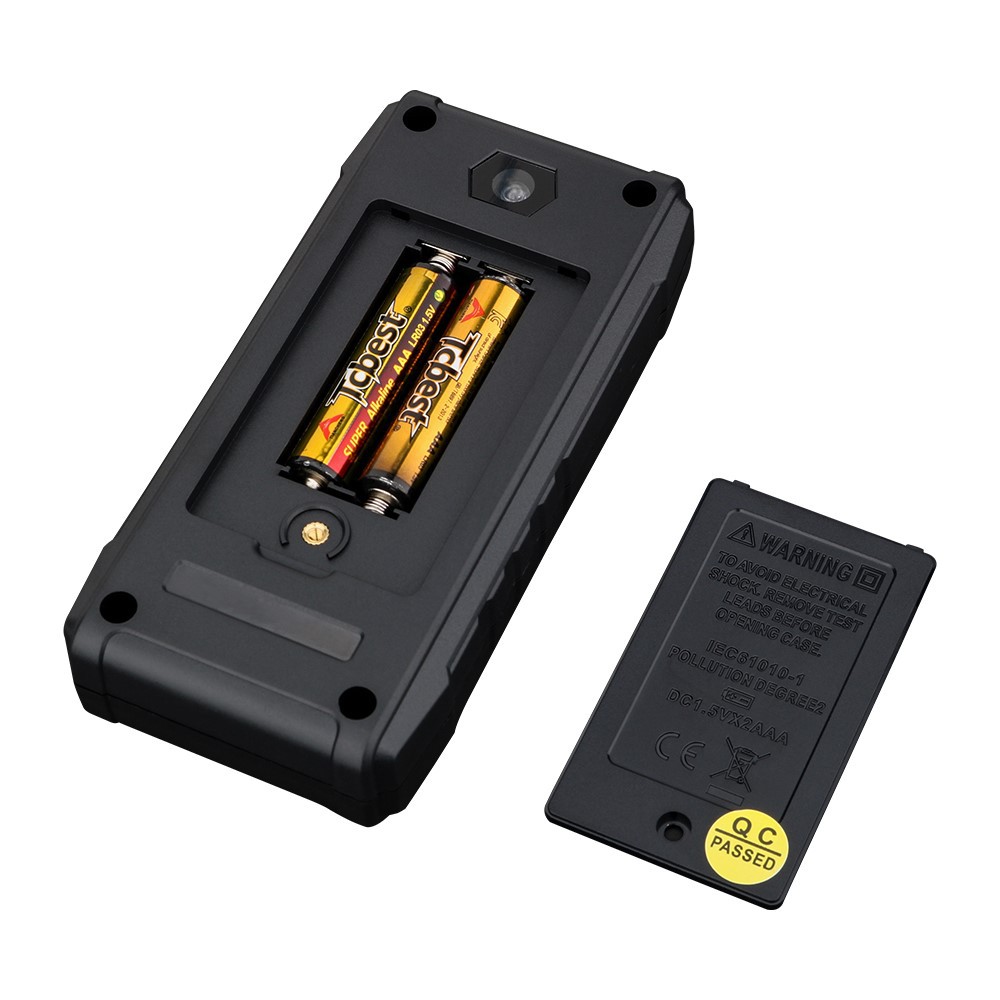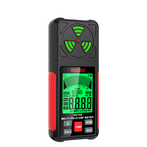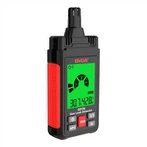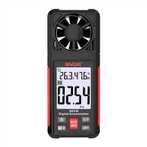Introduction to the Accuracy of Digital Multimeters
Accuracy refers to the maximum allowable error that occurs in a specific usage environment. In other words, accuracy is used to indicate
The closeness between the measured value of a digital multimeter and the actual value of the measured signal.
For a digital multimeter, accuracy is usually expressed as a percentage of the reading. For example, a reading accuracy of 1% means that when the digital multimeter displays 100.0V, the actual voltage may be between 99.0V and 101.0V.
Specific values may be added to the basic accuracy in the detailed instruction manual. Its meaning is to add the number of words to transform the rightmost end of the display. In the previous example, the accuracy may be marked as ± (1%+2). Therefore, if the GMM reading is 100.0V, the actual voltage will be between 98.8V and 101.2V.
The accuracy of the analog meter is calculated based on the error of the full range, rather than the displayed reading. The typical accuracy of an analog meter is ± 2% or ± 3% of the full range. The typical basic accuracy of a digital multimeter is between ± (0.7%+1) and ± (0.1%+1) of the reading, or even higher.
Introduction to Resistance of Digital Multimeters
Measure the resistance in the resistance range. The resistance value varies greatly, ranging from a few milliohms (m Ω) of contact resistance to billions of ohms of insulation resistance. Many digital multimeters measure resistance as low as 0.1 ohms, and some measurements can be as high as 300 megaohms (300000 ohms). A very high resistance, the Fluke multimeter will display "OL", indicating that the measured resistance exceeds the range. When measuring an open circuit, it will display "OL".
The resistance must be measured with the circuit power turned off, otherwise there may be damage to the meter or circuit board. Some digital multimeters provide protection in case of mistakenly connecting voltage signals in resistive mode. Different models of digital multimeters have different protection capabilities.
When conducting precise measurements of low resistance, the resistance of the measuring wire must be subtracted from the measured value. The resistance value of a typical test wire is between 0.2 Ω and 0.5 Ω. If the resistance value of the test wire is greater than 1 Ω, the test wire needs to be replaced.
If a digital multimeter provides a DC voltage of less than 0.6V for measuring resistance, it can measure the resistance value isolated by diodes or semiconductors on the circuit board. So that the resistance can be tested without being removed.






